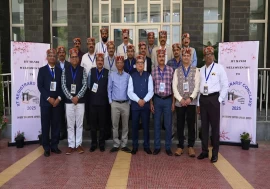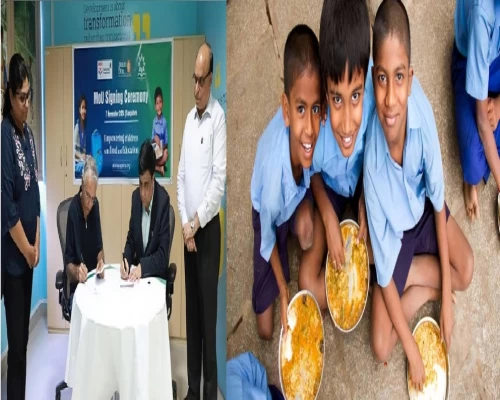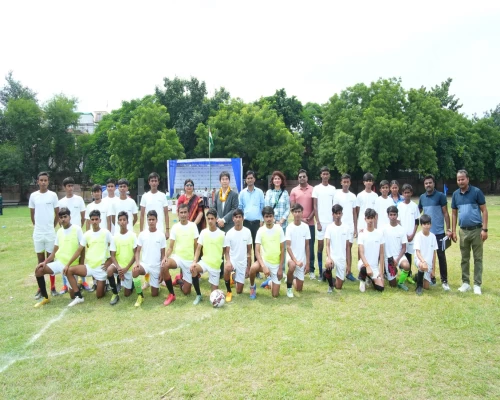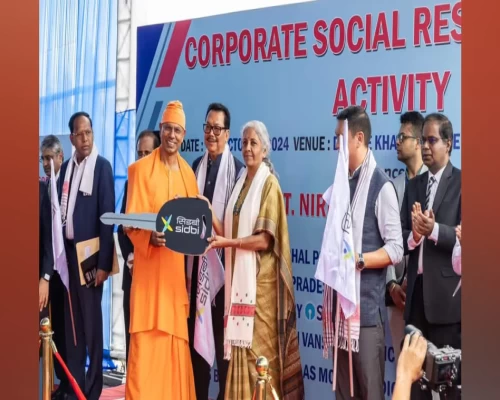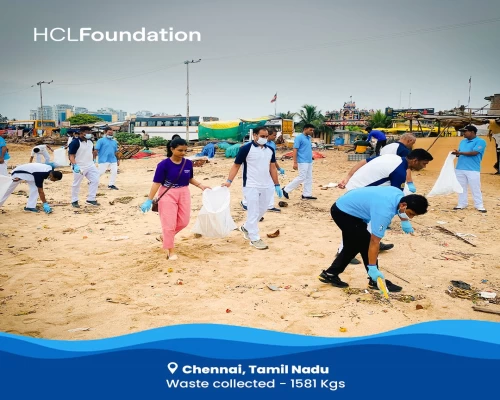
New Delhi: HDFC Bank, under its CSR initiative Parivartan, has brought structured rural development programmes to 298 villages located in India’s border regions. These interventions span across difficult terrains in states and union territories such as Arunachal Pradesh, Assam, Bihar, Gujarat, Himachal Pradesh, Jammu & Kashmir, Ladakh, Rajasthan, Sikkim, Uttar Pradesh, and Uttarakhand. The Bank has plans to scale up these efforts, targeting an additional 150 villages in the coming years.
The initiatives are aligned with the Government of India’s Border Area Development Programme and Vibrant Villages Programme, both designed to improve living conditions in remote and strategically located regions. These villages, many situated along India’s northern and western borders, often face challenges related to infrastructure, accessibility, and economic development.
Through Parivartan, HDFC Bank has reached approximately five lakh individuals in these areas, delivering interventions tailored to local needs. The Bank runs two kinds of projects in these regions. The Holistic Rural Development Programme (HRDP) works across clusters of villages over a three to four-year period and addresses multiple aspects such as education, health, skill-building, financial inclusion, and resource management. The Focused Development Programme (FDP) zeroes in on a single sector to deliver sharper outcomes in targeted areas.
Some of the key districts covered under this initiative include Lower Dibang Valley and Shi Yomi in Arunachal Pradesh; Baksa and Udalguri in Assam; Kishanganj, West Champaran and Madhubani in Bihar; Banaskantha, Kutch, and Patan in Gujarat; Chandel in Manipur; East Jaintia Hills in Meghalaya; Fazilka and Pathankot in Punjab; Barmer in Rajasthan; Gyalshing West and Pakyong in Sikkim; Pilibhit in Uttar Pradesh; and Chamoli in Uttarakhand.
“We are committed to creating meaningful impact in India’s border villages by providing access to technology-enabled education, improved agricultural productivity, renewable energy, and livelihood opportunities. By aligning with national development goals, we collaborate with local communities, NGOs, and government bodies to build stronger, self-reliant, and vibrant communities that contribute to India’s economic and social fabric,” said Kaizad Bharucha, Deputy Managing Director of HDFC Bank.
Nusrat Pathan, who heads Corporate Social Responsibility at HDFC Bank, added, “A holistic approach to rural development is not merely desirable, but an absolute necessity, especially in border areas. We ensure that progress in one sector reinforces and amplifies positive outcomes in others, thereby maximising the impact of our interventions.”
These efforts come at a time when border regions are being recognised not only for their strategic relevance but also for their potential to emerge as growth engines with the right support systems in place.
BI Bureau



